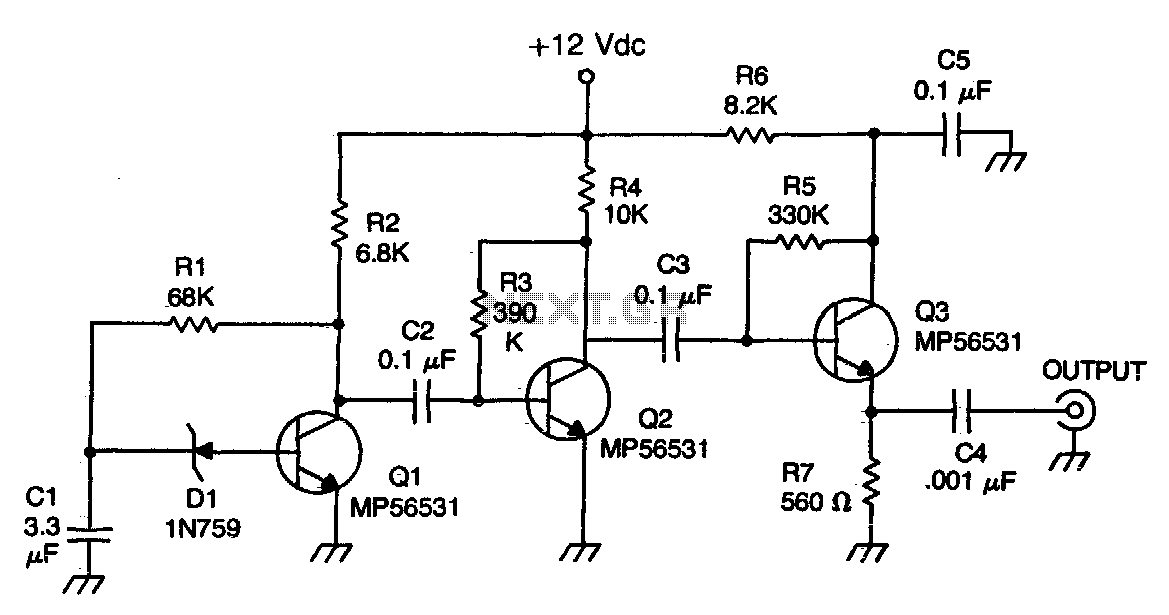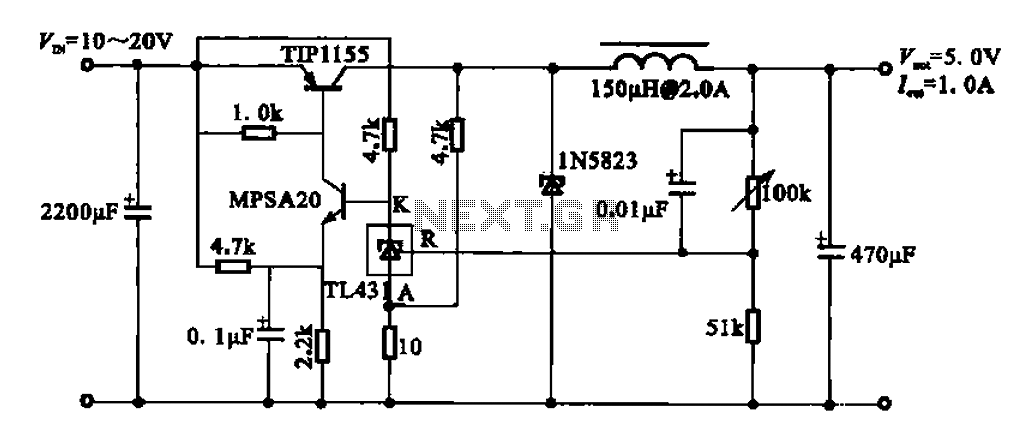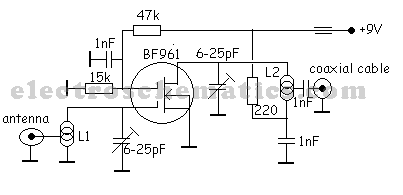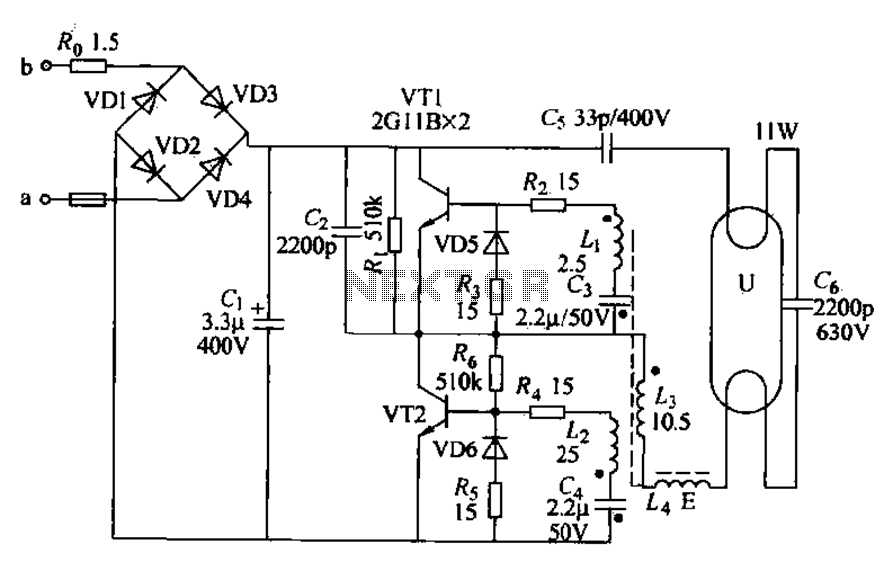
Calculate magnification input resistance and output resistance circuit
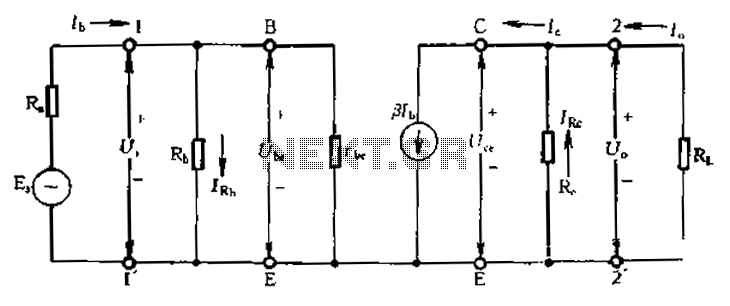
Calculate magnification, input resistance, and output resistance circuit.
This circuit is designed to calculate the magnification, input resistance, and output resistance of a given electronic system. The magnification refers to the ratio of the output signal to the input signal, which is a crucial parameter in amplifying circuits. Input resistance is the resistance seen by the input signal, while output resistance is the resistance encountered by the load connected to the output.
To analyze the circuit, a typical operational amplifier (op-amp) configuration can be employed. In a non-inverting amplifier setup, the input signal is applied to the non-inverting terminal of the op-amp. The feedback network, usually consisting of resistors, determines the gain (or magnification) of the circuit. The gain can be calculated using the formula:
\[ \text{Gain (A)} = 1 + \frac{R_f}{R_i} \]
where \( R_f \) is the feedback resistor and \( R_i \) is the resistor connected to the inverting terminal.
The input resistance of the circuit can be approximated by the resistor \( R_i \) in the non-inverting configuration, as the op-amp itself has a very high input resistance, thus minimally affecting the input signal. Therefore, the input resistance \( R_{in} \) can be expressed as:
\[ R_{in} = R_i \]
For the output resistance, in an ideal op-amp, the output resistance is considered to be zero. However, in practical applications, the output resistance can be affected by the load connected to the output. The output resistance \( R_{out} \) can be calculated based on the configuration and any load resistances connected.
In summary, this circuit enables the calculation of magnification, input resistance, and output resistance through the use of an op-amp in a non-inverting configuration, providing essential parameters for evaluating the performance of electronic amplifiers in various applications. Calculate magnification, input resistance and output resistance circuit
This circuit is designed to calculate the magnification, input resistance, and output resistance of a given electronic system. The magnification refers to the ratio of the output signal to the input signal, which is a crucial parameter in amplifying circuits. Input resistance is the resistance seen by the input signal, while output resistance is the resistance encountered by the load connected to the output.
To analyze the circuit, a typical operational amplifier (op-amp) configuration can be employed. In a non-inverting amplifier setup, the input signal is applied to the non-inverting terminal of the op-amp. The feedback network, usually consisting of resistors, determines the gain (or magnification) of the circuit. The gain can be calculated using the formula:
\[ \text{Gain (A)} = 1 + \frac{R_f}{R_i} \]
where \( R_f \) is the feedback resistor and \( R_i \) is the resistor connected to the inverting terminal.
The input resistance of the circuit can be approximated by the resistor \( R_i \) in the non-inverting configuration, as the op-amp itself has a very high input resistance, thus minimally affecting the input signal. Therefore, the input resistance \( R_{in} \) can be expressed as:
\[ R_{in} = R_i \]
For the output resistance, in an ideal op-amp, the output resistance is considered to be zero. However, in practical applications, the output resistance can be affected by the load connected to the output. The output resistance \( R_{out} \) can be calculated based on the configuration and any load resistances connected.
In summary, this circuit enables the calculation of magnification, input resistance, and output resistance through the use of an op-amp in a non-inverting configuration, providing essential parameters for evaluating the performance of electronic amplifiers in various applications. Calculate magnification, input resistance and output resistance circuit
